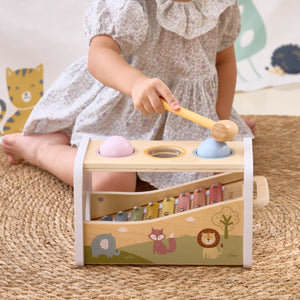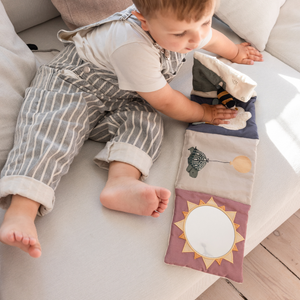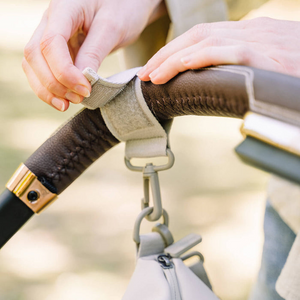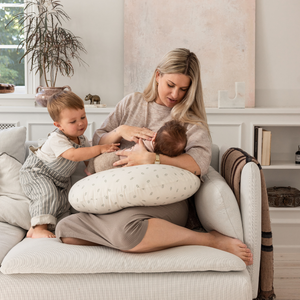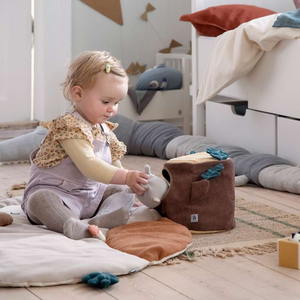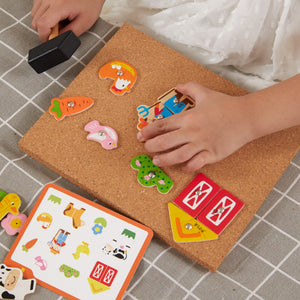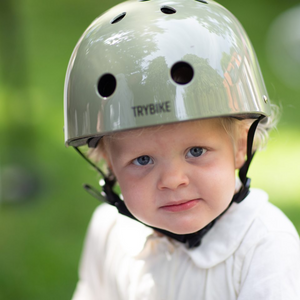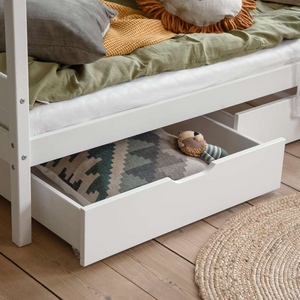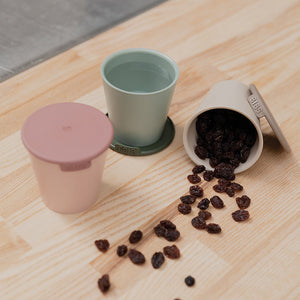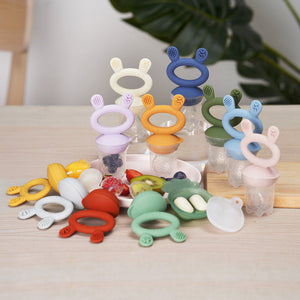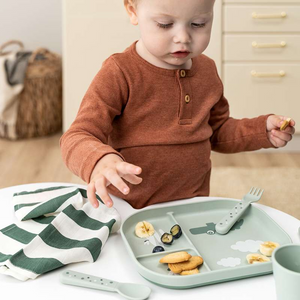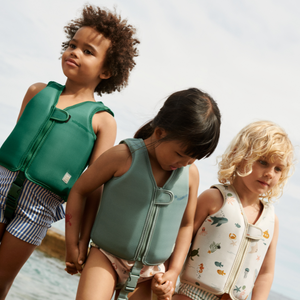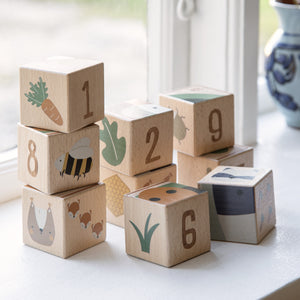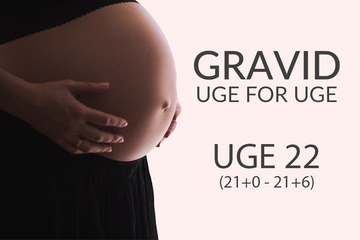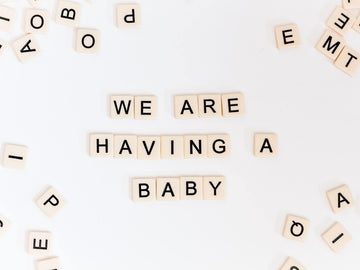In the last part of your pregnancy, you will be monitored more closely with more frequent check-ups with your doctor and midwife. At least if you take advantage of the offer available in the public system. Here, the preparatory elements for the upcoming birth are also checked.
Which way is the baby facing?
Most fetuses will naturally turn with their heads down in the mother's pelvis. This is the most favorable position for the baby at birth. This is because the baby's path is through a narrow pelvis, and the narrowest points should ideally be navigated first.
The journey through the pelvis, etc., at birth is quite interesting, as a fetus can turn downwards, and in most cases, the little intelligent being comes out head first and without problems.
By this time, many babies have turned head down. If not, they can still achieve this before birth.
If the baby is facing down with its bottom, and still does so close to birth, a vaginal delivery will be referred to as a breech birth. However, it is often possible to have a vaginal delivery even if the baby is in this position.
The fetus can also lie sideways, and in this case, you will most likely be recommended a cesarean section.
Talk to your healthcare professionals about your options so that you feel well-prepared for the situations that are relevant for you and your child.
What is happening in the belly?
The baby is still enjoying life in the safe womb. In fact, 85-90% of the fetus's time is spent sleeping. However, this does not prevent the little one from moving, but in a sleeping state, it is often only the largest movements that the mother can feel.
It is also believed that the baby can dream as early as week 24. What is dreamed about is unknown, but it is said to help the brain cells develop and keep them active.
By this time, the fetus's taste buds will be developed, and it will also have developed a taste for sweet things. At the same time, the little one can also recognize the other four senses. These will be extremely important for the little one in the early life in the real world.
The little baby, which now almost has the proportions one would experience at birth, has settled into what is aptly called the fetal position. This is with legs pulled up under itself because space in the womb is becoming more and more cramped. However, this does not change the child's ability to move actively in the womb.
Size of the fetus
The baby will now be about 40 centimeters long if it follows the average somewhat. The weight will be approximately 1800 grams.
In terms of weight, this corresponds to somewhere between a celeriac and a head of cauliflower.
Advice for the partner
You have now come far in the pregnancy. Perhaps you have also gotten used to life with a pregnant person in the picture. The waiting time can seem endlessly long, but this is also the time to do the things you enjoy as a couple or smaller family.
Remember to enjoy the time you are in, rather than just focusing on the life that awaits after birth. There are still a few weeks left, and it is important to live during a pregnancy as well.









